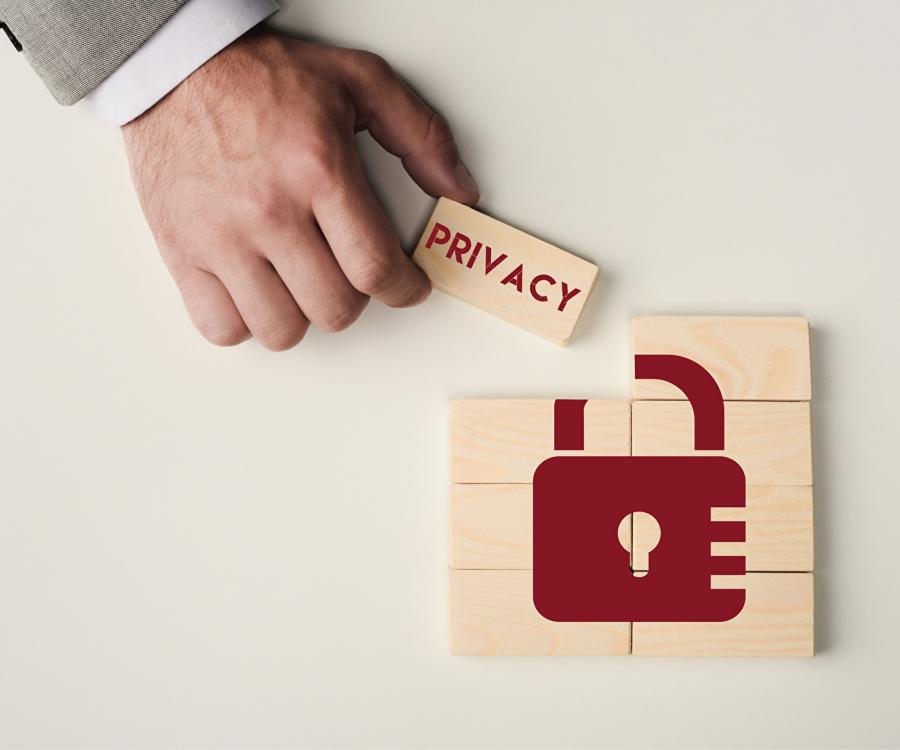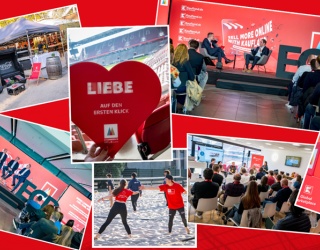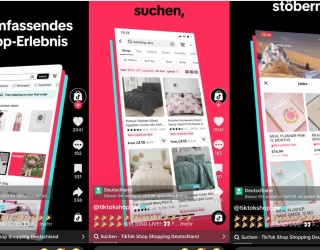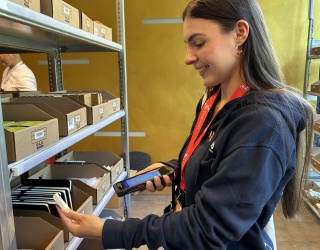
Year-long research shows that despite a seven per cent decline in frustration-levels over the last 12 months, many areas of omni-channel operation still fail to meet consumer expectations
72 percent of consumers say the experience of shopping in the UK leaves them frustrated, research by Omnico has found.
In the newly-published fourth Omnico Retail Gap Barometer, surveying 1,215 UK consumers, 73 percent of shoppers say bricks-and-mortar retail leaves them frustrated, while 71 percent say online shopping gets their backs up. 72 percent of consumers say UK retail needs more speed and convenience.
Frustration has fallen over the course of the year as 12 months ago, the first Retail Gap Barometer found the retail experience left 79 percent of consumers dissatisfied in one way or another. Back then, in-store shopping caused vexation to 81 percent of consumers and buying online left 77 percent frustrated.
“Despite the very welcome seven per cent decline in frustration-levels between our new Retail Gap Barometer and the first a year ago, the overall picture is actually more mixed, with UK retail getting worse at meeting many of the requirements of busy UK consumers,” said Mel Taylor, CEO, Omnico Group.
“There are for example, worrying declines between the first and fourth Barometers in the amount of people reporting they had received a good or outstanding experience in click-and-collect, or across online and in-store. Consumers are still finding significant disappointment in the various ways in which they interact with retailers – a problem that must be addressed.”
44 percent of shoppers gave a good or outstanding rating to click-and-collect in the new Barometer, compared with 57 percent a year ago. The percentage of those saying the ability of retailers to give them a seamless experience online and in-store that was good or outstanding fell from 62 percent to 51percent.
The research also reveals differences in attitudes between the two sexes. Levels of frustration with in-store shopping among men fell by 12 percent over the year, to 68 percent, compared with a six per cent fall among women (to 75 percent).
“Our research shows where retailers need to make investment,” said Taylor. “It’s obvious that while there have been improvements, retailers need solutions that bring all their channels together to boost joined-up performance so that frustration levels keep on falling and profits head in the opposite direction.”
Cathy McCabe, Founder and CEO of Retail Reimagined and ex-CIO of Jaeger, said: “It is not surprising that The Retail Gap Barometer research shows a disappointing decline in some customer journeys receiving a good or outstanding rating by shoppers. Despite investment in new technology most retailers are still finding it hard to throw out the old retail rule books particularly when reinventing the in-store experience.”
“Consumer expectations continue to change, influenced by brands such as Amazon, Uber and Stitch Fix and it has proven difficult for traditional brands to keep pace with ongoing change – they must get closer to their customers, understand their preferences and ensure services such as order in store, click-and-collect and returns operate as simply and efficiently as possible by reducing unnecessary friction and empowering sales staff. It’s a worrying call–to–action for the industry to take another look at how they deliver exceptional services across all channels in order to survive and thrive.”









